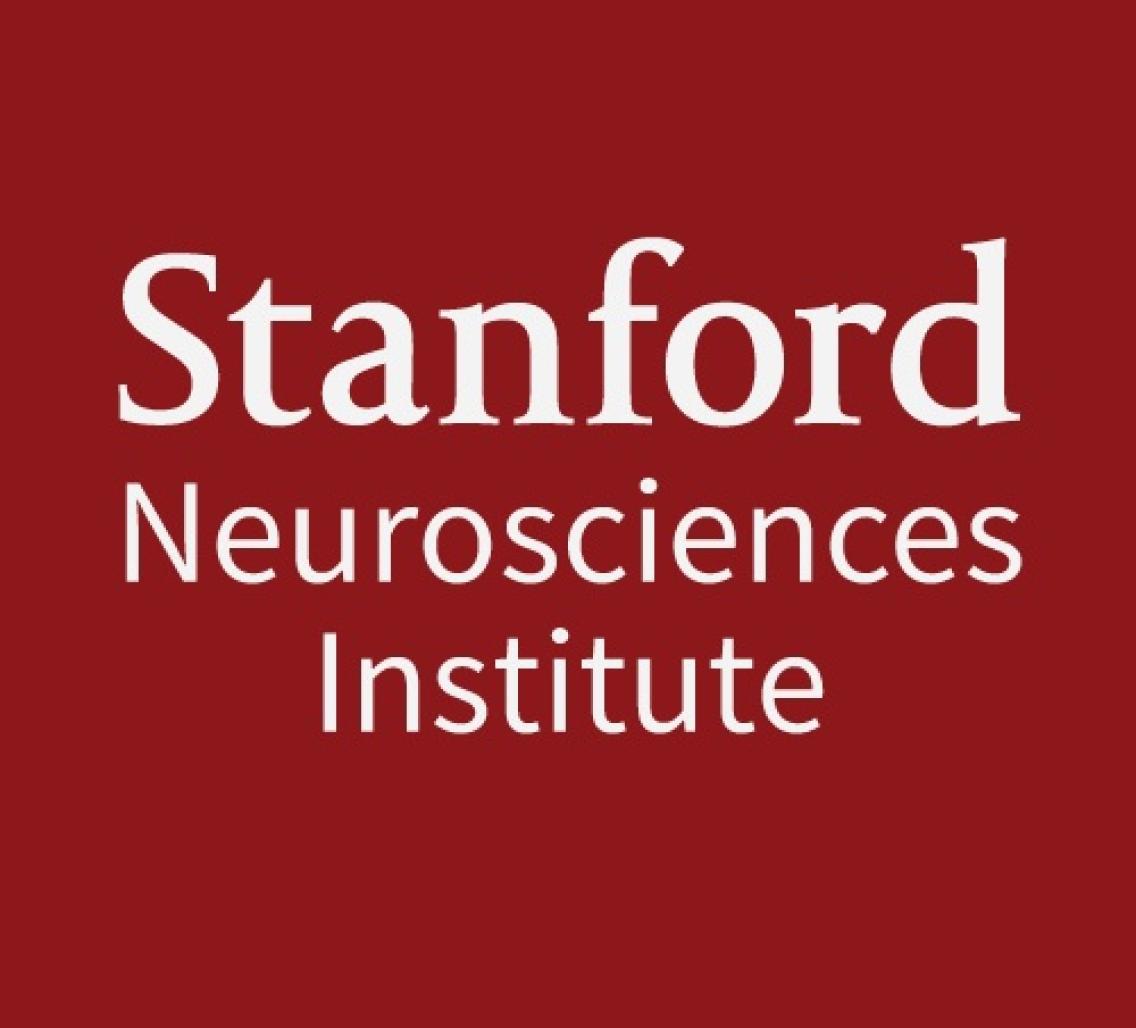Event Details:

Stanford Neurosciences Institute Seminar Series Presents
Mechanisms of cerebellar development: Migration, circuit formation and synaptic plasticity
MaryBeth Hatten, Ph.D
Frederick P. Rose Professor, Laboratory of Developmental Neurobiology, The Rockefeller University, New York
Host: Tom Clandinin
Abstract
In cortical regions of the mammalian brain, glial-guided migrations underlie the laminar architectonics of brain circuitry. Live imaging studies of cerebellar granule neuron migration in our lab have revealed distinct, key features of glial-guided migration, which include the extension of a highly-polarized, leading process in the direction of migration, the assembly of an interstitial adhesion junction beneath the cell soma, and the formation of a perinuclear cage of tubulin to maintain the posterior positioning of the nucleus. Molecular studies demonstrated that the conserved polarity protein mPar6 controls the migration cycle of granule neurons along Bergmann glial fibers by regulating cytoskeletal dynamics that coordinate forward movement of the centrosome and neuronal cell soma and activating the local assembly of acto-myosin contractile motors in the leading process. Recent work shows that the Rho GTPase Cdc42, an upstream regulator of mPar6, provides another key regulator of the polarity of migrating granule neurons. Notably, granule cells lacking Cdc42 have a multi-polar, rather than classic bipolar morphology and slowed migration due to the failure to form a neuron-glial adhesion junction. In another study, we identified changes in gene expression in post-migratory neurons, using the TRAP (Translating Ribosomal Affinity Purification) methodology. Those studies identified pivotal changes in multiple reactomes of epigenetic pathway genes, including up-regulation of Tet genes, which increase levels of 5-hydroxycytosine and activate gene expression, during the developmental stage when the cerebellar circuitry forms. In ex-vivo functional studies, RNAi Tet knockdown inhibited dendritic arborization of developing granule cells, a critical step in circuit formation. In a third study, we examined the function of a paralog of the neuron-glial ligand Astrotactin 1 (Astn1), Astn2, in cerebellar development. Using biochemical, molecular and physiological approaches, we demonstrated that ASTN2 regulates cerebellar synaptic strength by trafficking and degrading synaptic proteins. The latter studies provide insights into human developmental disorders, as mutations in ASTN2 have been associated with ADHD, schizophrenia and autism spectrum disorders.